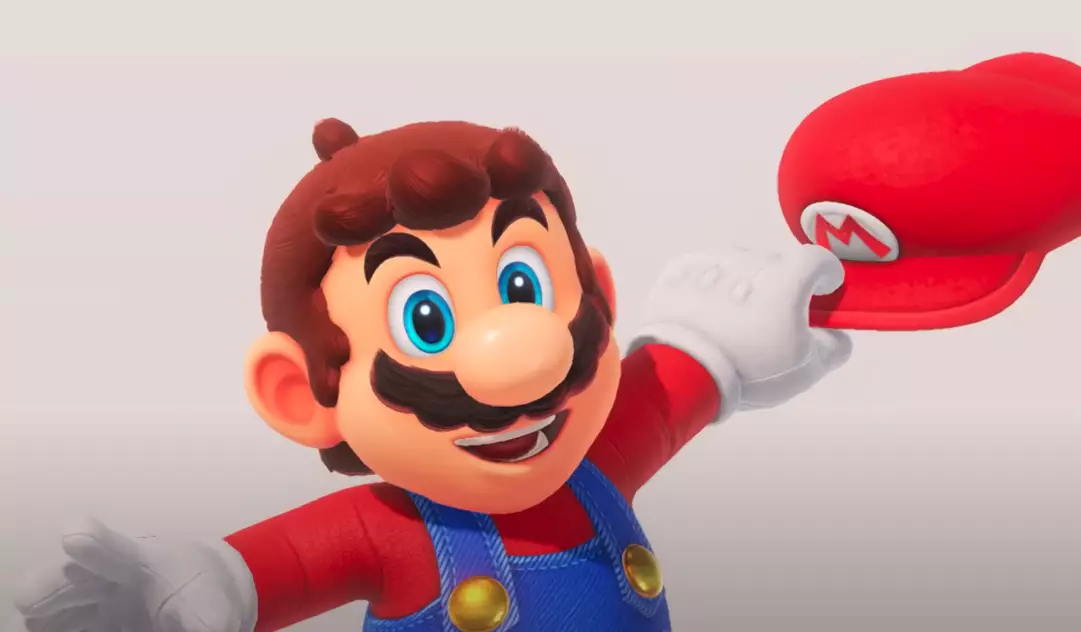The Mario franchise, one of the most beloved in the gaming world, is instantly recognizable for its unique characters, engaging gameplay, and distinctive designs. Among these features, the iconic green pipes have become a symbol not only of the game itself but of video gaming culture. Recently unearthed interviews, translated from Japanese by Shmuplations, reveal the simple yet profound origins of these pipes, shedding light on how one of gaming’s most recognizable motifs came to be.
Shigeru Miyamoto, the creative mind behind Mario, shared that while Mario’s introduction as a plumber set the stage for this plumbing aesthetic, the inclusion of pipes came later in development. During an everyday stroll through Kyoto, Japan, Miyamoto encountered a plastic pipe protruding from a wall, which inspired a solution to a gameplay conundrum he faced. As he explained, the mechanics of the game required a means for characters, including enemies, to transition smoothly between the bottom and top of the screen. This design challenge set the stage for a creative breakthrough, leading to the innovative warp pipes that players have since grown to love.
Interestingly, Miyamoto’s idea for placing Mario in tumultuous underground settings reflects a significant degree of thoughtfulness regarding environmental context. He noted that the game environment was influenced by a vision of New York City, with its elaborate underground tunnel systems. This connection is particularly relevant in understanding the game’s ecosystem, as many of the adversaries Mario faces—like turtles and crabs—fill these imagined urban waterways. Miyamoto’s conceptualization of the Mario universe was not rooted in firsthand experience but rather a rich imagination that drew from various cultural references.
What stands out in Miyamoto’s remarks is how he meticulously crafted a link between the game’s mechanics and its aesthetic. The pipes were not merely a visual element; they were an integral part of gameplay, allowing for fluid movement between levels and adding depth to the gaming experience. Rather than being a haphazard addition, the pipes serve to enhance engagement with the game’s environment, inviting players to explore and discover hidden pathways.
The decision to go with the distinctive green shade for the pipes also holds significance. Miyamoto admitted that the technical limitations of late 20th-century video game design influenced color selection. Given the constraints of the hardware of the time, only a palette of limited colors could be utilized effectively. The selection of green was, therefore, not purely an aesthetic choice but a practical one, ensuring that the design was visually appealing yet functional within the confines of the technology. In an era when vibrant graphics were not the norm, the strategic use of color played a critical role in shaping the game’s identity.
Miyamoto’s reflections throughout interviews emphasize an essential truth about game design: every element deserves thoughtful consideration. From gameplay dynamics to character design and even color choices, the development process of a game is an intricate tapestry woven from myriad inspirations and decisions.
As of now, Nintendo has not announced any upcoming Mario games but considering the franchise’s historical success, the potential for new titles remains high. Speculation suggests that with the impending release of the Switch 2, fans might see a resurgence of Mario adventures that build on the foundations laid by past titles. The journey of Mario—from plumber in a fantastical realm to gaming icon—will inevitably continue to evolve.
The story of Mario’s pipes is a testament to the creativity and innovation ingrained in game design. The blend of artistic inspiration, cultural references, and gameplay requirements exemplifies how even the simplest elements can become symbols of a broader narrative. As we look to the future of the Mario franchise, it’s important to remember the thoughtful design decisions that have led to the beloved games we cherish today.


Leave a Reply